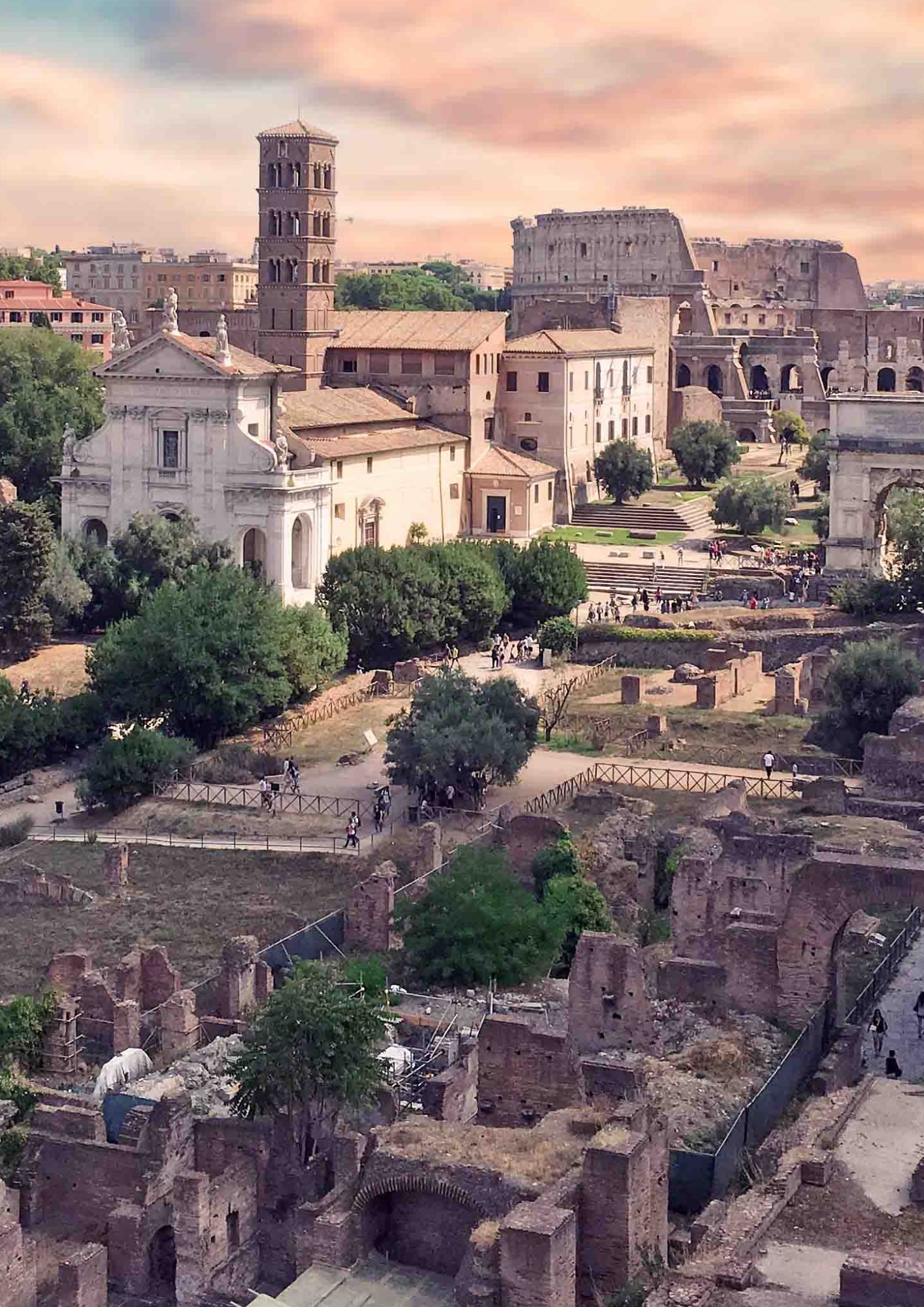Navigate Italy like a local
Instant download • Secure Stripe checkout • Updated for 2025

Best-seller
Rome
Three Days in Rome
Step-by-step walking plan with interactive map, transport tips, and accessible alternates.
- 3 days • moderate walking
- Interactive map with clear daily routes
- Metro & bus pointers
- Accessible alternates each day
- Public toilet map (pinned stops)
- Packing & apps cheat sheet
Best for: first-time visitors with 3 full days in Rome who want a relaxed, plug-and-play walking plan.
€34.90 / One-time digital guide

Rome
Two Days in Rome
Step-by-step walking plan with interactive map, transport tips, and accessible alternates.
- 2 days • moderate walking
- Interactive map with daily routes
- Metro & bus pointers
- Accessible alternates each day
- Public toilet map (pinned stops)
- Packing & apps cheat sheet
Best for: travelers with 1–2 nights in Rome who want to see the essentials without sprinting all day.
€27.90 / One-time digital guide

Milan
Two Days in Milan
Step-by-step walking plan with interactive map, transport tips, and accessible alternates.
- Clear, walkable 2-day route that minimizes backtracking.
- Interactive map with daily routes
- Metro & bus pointers
- Accessible alternates each day
- Public toilet map (pinned stops)
- Packing & apps cheat sheet
Best for: city-break travelers with 2 days in Milan who want Duomo, canals, and key neighborhoods in one smooth route.
€27.90 / One-time digital guide

Rome
Rome in a Day
Step-by-step walking plan with interactive map, transport tips, and accessible alternates.
- One day • moderate walking
- Interactive map with day routes
- Metro & bus pointers
- Food/coffee suggestions near key stops
- Photo/viewpoint ideas
- Safety & pickpocketing tips
Best for: anyone with just one full day in Rome (layover, cruise, or quick stop) who wants a smart “greatest hits” route.
€17.90 / One-time digital guide
Testimonials
Top Reviews



Can't find your city or format?
Request a guide and we’ll add it to our schedule. We’ll email you when it’s ready.
*We use your request to prioritize our production schedule. No spam, ever.